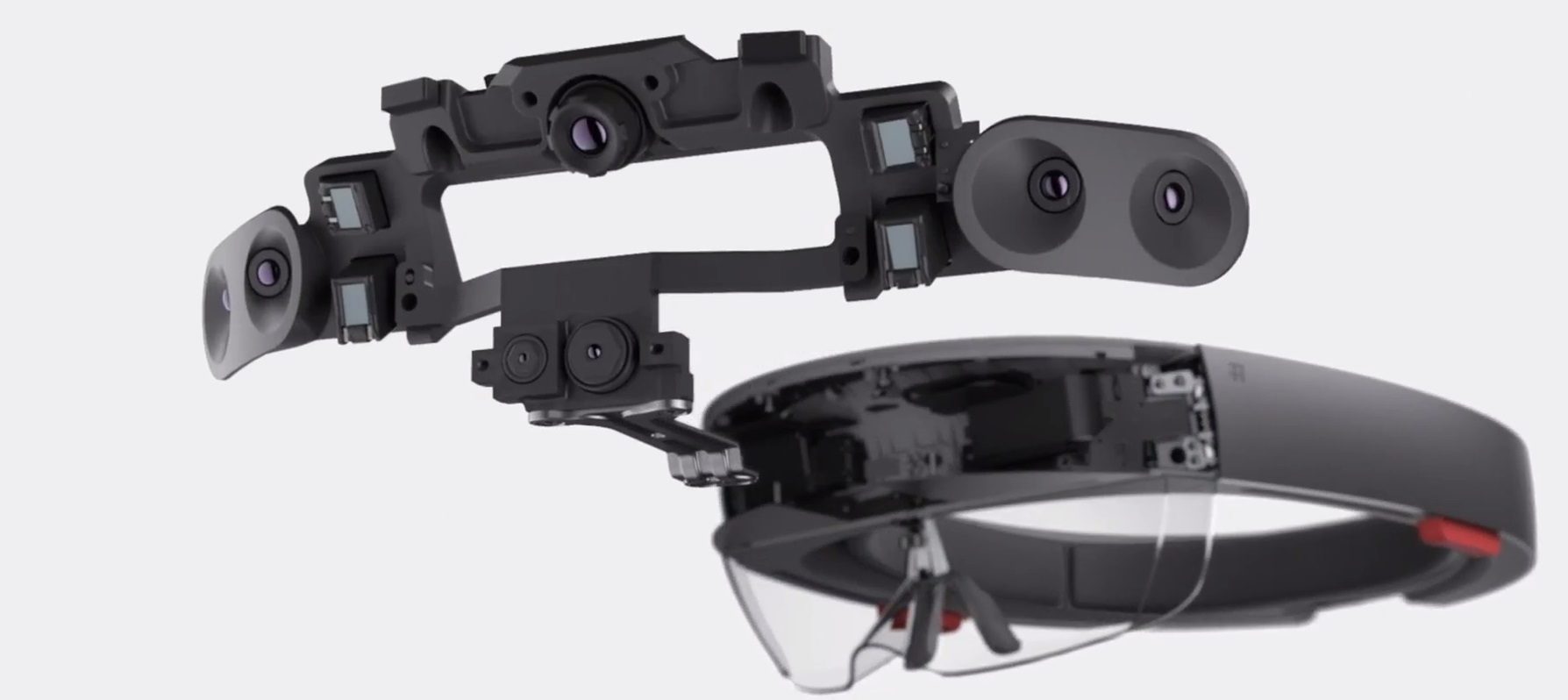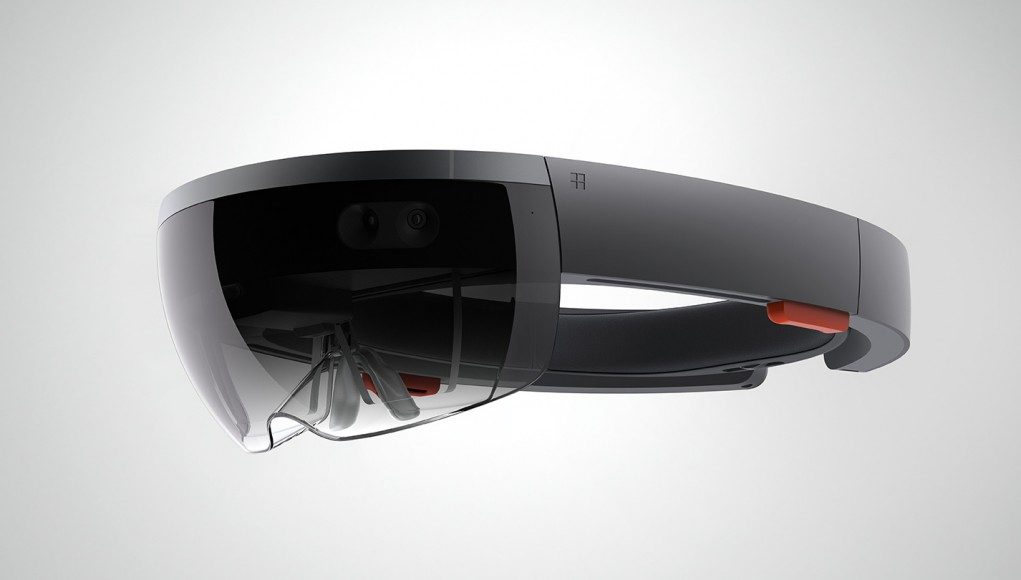Microsoft is reaching out to US-based universities and research institutions with a new program that will award $100,000 and two HoloLens development kits to 5 carefully chosen projects.
In a bid to work closer with academic institutions and push the conceptual boundaries of the yet unreleased HoloLens augmented reality headset, Microsoft is now taking request for proposals (RFP) from universities and non-profit research facilities “to better understand the role and possible applications for holographic computing in society.”

The new program is considering a wide array of areas of research, and not just STEM-related fields. Medicine, education, psychology, remote training applications—essentially anything that can solve the sort of difficult communication problems that researchers are trying to address within their own field of expertise today will be accepted for consideration.
And Microsoft isn’t looking for small projects either, stating that institutions should treat the $100,000 of (nearly) string-free cash and two Microsoft HoloLens development kits as seed funding, and making awards available only to institutions that can adequately provide some other source of funding for their projects. They’ve also said that projects need to have “potential for wide dissemination and use of knowledge, including specific plans for scholarly publications, public presentations, and white papers.”
See Also: Microsoft Shows New HoloLens Demos at Build 2015, “Hundreds of HoloLens” for Conference Goers to Try
Among the many requirements found on the proposal outline is the project’s ability to provide solutions to “an important research question that, if answered, has the potential to have a significant impact on that challenge.”
Microsoft’s first push into the academic world with HoloLens was a partnership with Case Western Reserve University’s clinic in Cleveland, Ohio, where medical students got a chance to use the prototype device to view ‘holographic hearts’ and other complex human anatomy.
“We launched this collaboration to prepare students for a health care future that is still being imagined,” Cleveland Clinic CEO Delos “Toby” Cosgrove said of what has become a 485,000-square-foot Health Education Campus project. “By combining a state-of-the-art structure, pioneering technology, and cutting-edge teaching techniques, we will provide them the innovative education required to lead in this new era.”
Revealed during the Windows 10 press event back in late January, Microsoft still hasn’t appended an official release date or price to the tetherless augmented reality headset. The reoccurring theme of vast potential diminished by a small field-of-view noted by a number of first-hand reviews with HoloLens has some questioning whether the device is ready for consumers yet.
Potential applicants can use Microsoft’s Online Application Tool to submit proposals, which will remain open until 11:30 P.M. (Pacific Daylight Time) on September 5, 2015. A full list of project requirements and conditions can be found on the ‘HoloLens for Research’ website.







